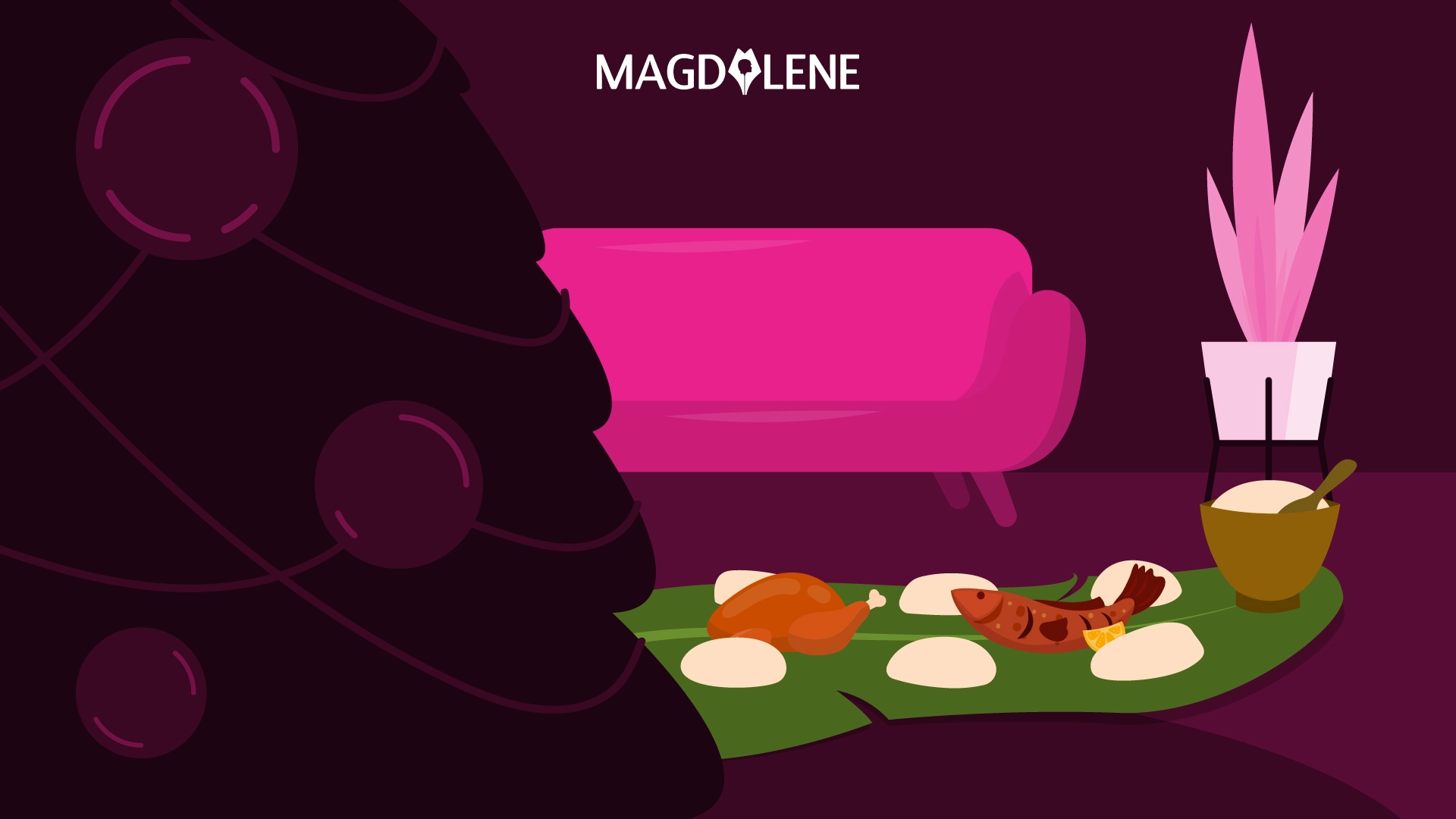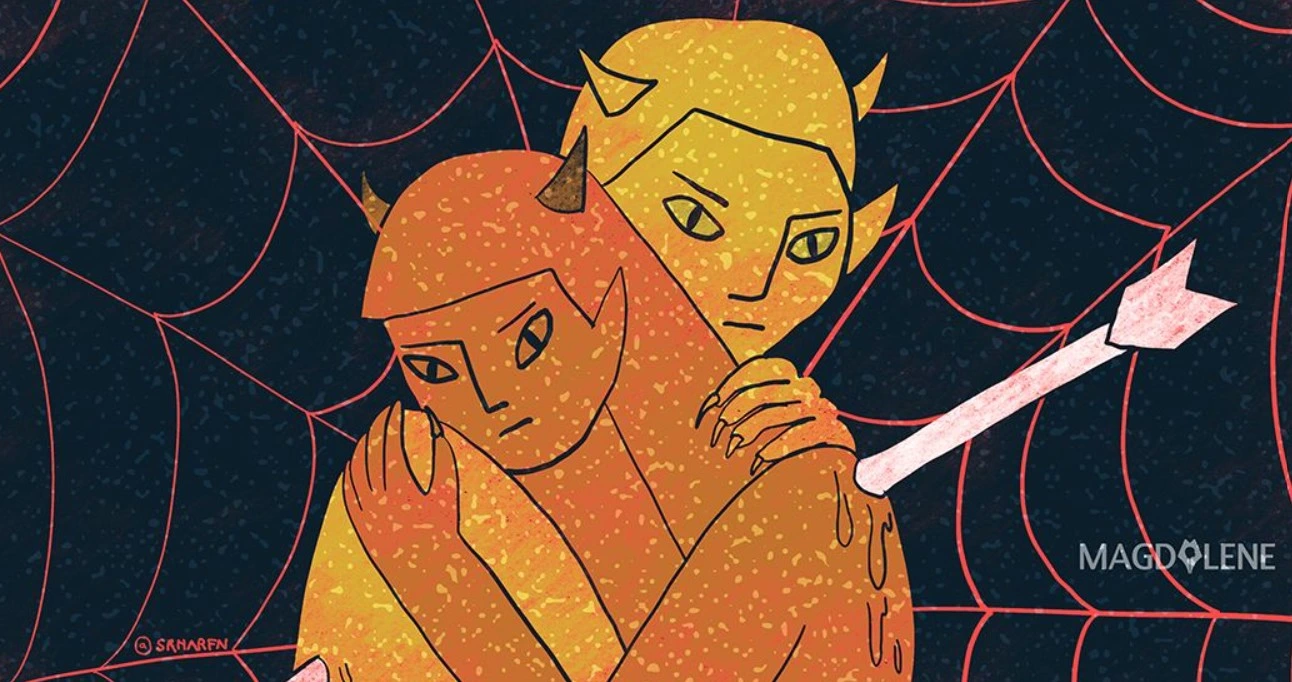9 Must-Read Manga with House Husband Characters

Japanese comic book or manga, is broad genre with diverse stories. A lot of its characters are weird and absurd, but a good few of them are also modern and progressive. Its themes are not just action or romance (or pornography), but also family stories that do not revolve around traditional values. Sometimes it even deals with feminist themes.
Take the Kobo-chan and Miiko series, for example, which show the dynamics of a modern Japanese family, in which the mother works and the child is put in a day care – or even stay independently at home. Moreover, a number of manga interestingly displays the character of a house husband. There are widowers who take care of their children and husbands who take care of the house while their wives work. Some stories also feature gay couples.
The following is a list of Japanese comic books that are not only enjoyable to read, but also raise awareness that domestic tasks can be done by anyone regardless of gender, and that fathers should be more involved in childcare.
-
Papa Told Me
After his mother died when she was little, Matoba Chise was raised by his father, a famous novelist. Chise’s father works at home most of the time, except for meetings or other matters. He then teaches her to share household chores together.

This little girl with long brown hair then grows into an independent daughter who understands her father’s situation. If his father works too much, Chise will remind him to take some time to rest. Chise’s father sometimes asked his younger sister, Yuriko Matoba, to help look after Chise. Chise learns to be an independent woman when she sees Yuriko’s life.
This manga, created by comic book artist Nanae Haruno, was published in 1987 and received the Shogakukan Manga Award in 1990, an annual comic book award initiated by Shogakukan publisher for the Shoujo or female target audience category. This manga was also adapted into a 12-episode live action drama series by NHK television station in 2003.
-
Gokushufudou: The Way of the House Husband
Yakuza is a sadistic mafia engaged in crime business syndicates in Japan. But how does a yakuza member decide to quit his job and switch professions into a stay-at-home dad? That’s the theme of this manga.

Immortal Tatsu, that’s what people in the Japanese mafia world call Tatsu, a former yakuza who chooses to become a house husband, while his wife, Miku, works as an office employee.
Although it tells the story of a former mafia member, the creator of this manga, Oono Kousuke, wraps Tatsu’s daily stories in a sweet and funny way, especially in showing the transition period that Tatsu, the scary-looking mafia, experiences. This comic book was published last year in February and it still continues to this day.
-
Papa’s and Daddy’s Home Cooking
The man who often wears a black shirt is called Sengoku, a therapist who must take responsibility in raising the child from his ex-girlfriend. He then meets Harumi, a comic book editor who has to raise his child after a divorce. They both agree to live together and take care of their children and also learn home cooking from scratch.
 The journey of the two fathers taking a cooking class with housewives and raising children who are still in elementary school is presented lightly and humorously by the comic book artist, Yuu Toyota. This manga was first published in 2014 and still continues to this day.
The journey of the two fathers taking a cooking class with housewives and raising children who are still in elementary school is presented lightly and humorously by the comic book artist, Yuu Toyota. This manga was first published in 2014 and still continues to this day.
Also read: Japanese Schoolgirl Confidential: Annals of a Nation’s Obsession
-
Otouto no Otto
This comic book is centered on the life of Yaichi, a house husband who lives with his only daughter, Kana. He also has a twin brother named Ryoji, but they have a strained relationship because Ryoji is gay and lives with his partner, Mike Flanagan, in Canada.
 The story begins when Ryoji dies, and Mike decides to visit Japan to meet Yaichi in order to fulfill his late partner’s wish to get to know his family. Initially, Yaichi refuses and interacts awkwardly with Mike, but with Kana’s help, the three of them begin to get to know one another and gradually diminish Yaichi’s misunderstanding and prejudice towards LGBT (lesbian, gay, bisexual, transgender) people.
The story begins when Ryoji dies, and Mike decides to visit Japan to meet Yaichi in order to fulfill his late partner’s wish to get to know his family. Initially, Yaichi refuses and interacts awkwardly with Mike, but with Kana’s help, the three of them begin to get to know one another and gradually diminish Yaichi’s misunderstanding and prejudice towards LGBT (lesbian, gay, bisexual, transgender) people.
In an interview, comic artist Genggoroh Tagame explained that he wanted to make a different kind of work from the story he used to make. He wanted this manga to break down the barriers caused by societal prejudice against the LGBT people. This comic was first published in 2014 and has been adapted into a live action drama by NHK in 2018.
-
My Girl (Sahara Mizu)
Kazama Masamune is 23 years old and hasn’t moved on from his girlfriend in high school and college. One day, he receives the news that his ideal woman whom he called Youko-san has passed away, and that makes him very heartbroken.
When he pays a visit to Youko’s house, her mother drops the bomb that her daughter has a 5-year-old daughter named Koharu, and the child’s biological father is Kazama.
 The story then begins with Kazama and Koharu getting to know each other, which becomes Kazama’s starting point in learning and taking responsibilities as a father who takes care of the household and also works outside of home. Even though he’s struggling, Kazama tries to make Koharu feel his affection.
The story then begins with Kazama and Koharu getting to know each other, which becomes Kazama’s starting point in learning and taking responsibilities as a father who takes care of the household and also works outside of home. Even though he’s struggling, Kazama tries to make Koharu feel his affection.
This manga was created by mangaka (comic book artist) Sahara Mizu in 2006 and adapted into a television drama in 2011.
-
Yotsuba&!
Famous for her green leaf hair and eye color that matches her hair, Yotsuba is an energetic little girl and is very curious about a lot of things.
She is still 5 years old, but she always says that she is 6, and of course his adoptive father, Yousuke Koiwai, will correct her answer. The manga, which was first published in 2003, revolves around Yotsuba’s daily life exploring new things, and around his father who sometimes has to be extra patient in taking care of Yotsuba while also looking after the house and working.
Although the story deals with Yotsuba’s life, Yousuke also becomes a charming key character. This manga was created by mangaka Kiyohiko Azuma and was published in 14 comic book volumes.

Also read: Rising from the Dead and Fighting Injustice: 7 Must Read Isekai Comics
-
Kyou Curry
The girl with the dark brown hair and two braids is Haruse Urara. She is around 4 years old and lives together with her father. Every day, Urara helps her father sell curry menus, and in his father’s van they tour the small island where they live.
 They also get help from two high school students, Subaru and Yoriko. This comic book not only tells Urara’s story and what goes on in her daily life, but also about how her father teaches her to learn to accept people who might have different appearances or backgrounds from them.
They also get help from two high school students, Subaru and Yoriko. This comic book not only tells Urara’s story and what goes on in her daily life, but also about how her father teaches her to learn to accept people who might have different appearances or backgrounds from them.
This manga was created by Shimano Yae and was first published in 2011.
-
Chichi to Hige-Gorilla to Watashi
The tomboy Michiru was only 5 years old when she lost his mother in a traffic accident. She then lives alone with his father, until his father’s younger brother, Kouji, later lives with them.
At first, the three of them are awkward with each other, but it doesn’t take long until Kouji a.k.a. the “Bearded Gorilla”, Kana, and Kana’s father, grow close to each other. This manga, created by mangaka Koike Sadaji, was published for the first time in 2011 and ended in 2018.

-
Baby and I
Save the best for last. Of all the comic books, this is my favorite one. The story revolves around the life of a father and his two young sons named Takuya and Minoru.
The firstborn Takuya is a 5th grade elementary student while Minoru is only 4 years old. Their mother has passed away a long time ago, so their father teaches Takuya to share housework and, of course, take care of Minoru.
 Touching and guaranteed to make you cry, Baby and I teaches us how boys comprehend the feelings and conditions of their hearts. Takuya and Minoru show how they learn to understand and love each other.
Touching and guaranteed to make you cry, Baby and I teaches us how boys comprehend the feelings and conditions of their hearts. Takuya and Minoru show how they learn to understand and love each other.
This manga was created by Marimo Regawa in 1991 and ended in 1997 at 18 volumes. In 1995, this manga received the Shogakukan Award in the Shoujo category. A year later, Pierrot studio adapted this manga into a television cartoon series by the title Baby and Me.
Illustration by Adhitya Pattisahusiwa






















